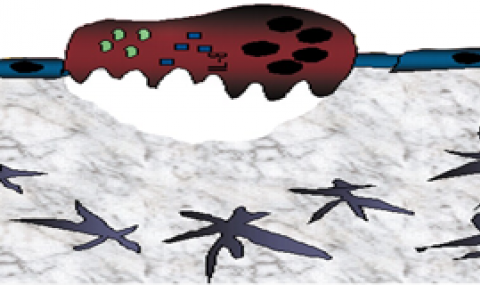Our major goals are to investigate the regulation of normal and leukemic human blood forming (hematopoietic) stem cells by the brain-bone-blood triad in transplanted mice, including immune-deficient mice.
This functional, preclinical model which we participated in its development, can predict clinical outcome and was used to identify and characterize, both normal (Lapidot et al, Science 1992) and leukemic (Lapidot et al, Nature 1994) human stem cells for the first time, as well as many other human cancer stem cells. We aim to decipher molecular mechanisms that govern stem cell development, proliferation, differentiation and migration in steady state homeostasis, stress induced recruitment and clinical mobilization for transplantation protocols.
We seek to determine the mutual cross-talk between stem cells, and their dynamic bone microenvironment. Via adhesion interactions, stromal niche cells maintain stem cells in a quiescent non motile mode, while preserving their developmental potential. These dynamic interactions also include the nervous and immune systems and focus on bone remodeling and niche regulation of stem cell maintenance by myeloid monocytes/macrophages and osteoclasts. The unique roles of bone forming stromal stem cells, chemokines, cytokines, adhesion molecules, and proteolytic enzymes, which regulate both normal and leukemic human stem cell migration and development, are currently investigated. These include signaling events mediated by the chemokine SDF-1 (also termed CXCL12) and its major receptor CXCR4 which are essential for both stem cell quiescence as well as for stem cell migration. In addition, we are also investigating how the Daily Onset of Light and Darkness Differentially Controls Hematopoietic Stem Cell Differentiation and Maintenance.

Dynamic Networking between Stem Cells & Bone Marrow Microenvironment



